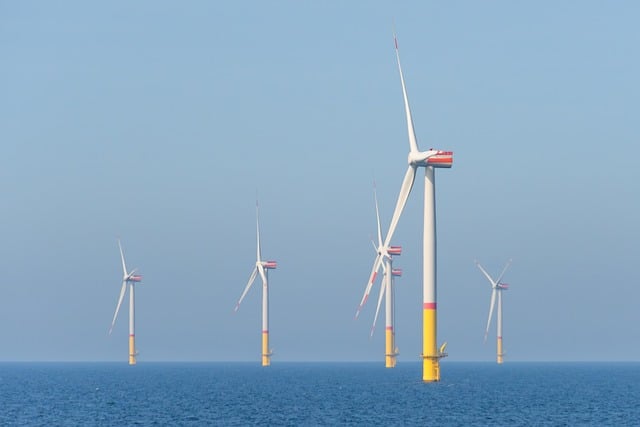As we navigate the pressing challenges of climate change and environmental degradation, innovative solutions are transforming our urban landscapes and redefining how we think about sustainability. One such solution is the installation of green walls, which are not just an aesthetic addition to buildings but a critical component in the push towards a carbon-neutral world. These vertical gardens, filled with a variety of plant species, provide a multitude of benefits that contribute significantly to sustainable development.
Green walls act as natural air filters, absorbing carbon dioxide and releasing oxygen, thus helping to mitigate our ecological footprint. In cities where concrete dominates, these green installations can lower ambient temperatures, reducing the need for air conditioning and consequently decreasing energy consumption. This correlation between greenery and energy efficiency is essential as we strive to adopt green technologies that reduce our reliance on fossil fuels and move toward renewable energy sources.
Moreover, green walls promote biodiversity in urban areas, offering habitats for various species that often struggle to coexist in built environments. By fostering a healthier ecosystem, we contribute to tackling the biodiversity crisis alongside climate change. The use of native plants in green wall designs not only supports local wildlife but also requires less water and maintenance, making these installations more sustainable over time.
The concept of carbon neutrality is becoming more accessible with technologies that support the integration of green infrastructure into urban planning. By incorporating green walls into buildings, we create living ecosystems that contribute to a healthier city. Each plant is a small yet powerful contributor to reducing greenhouse gas emissions, ultimately aiding in the quest for a carbon-neutral future.
In addition to ecological benefits, green walls have a profound impact on mental health and well-being. Research shows that greenery in urban areas can reduce stress levels, improve mood, and enhance productivity. As we aim for sustainable development, it’s crucial to consider not just the environmental implications but also the human experience within these spaces. A green wall can turn an ordinary office building into a sanctuary filled with life, encouraging a healthier lifestyle for its occupants.
Thus, as we stand at the brink of transformation in our cities, embracing the implementation of green walls could be key to redefining our relationship with nature. Together, we can build a future that prioritizes sustainability, health, and the environment. Implementing green walls is more than just environmentally friendly; it is an investment in the future of our planet and a testament to our commitment to holistic, sustainable living.




